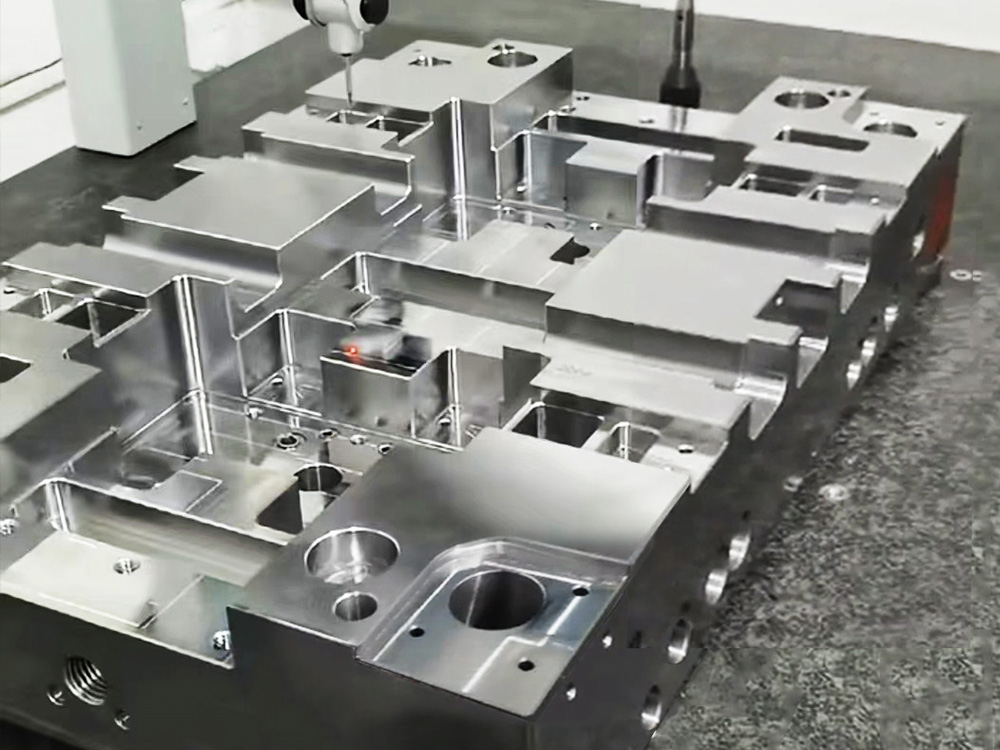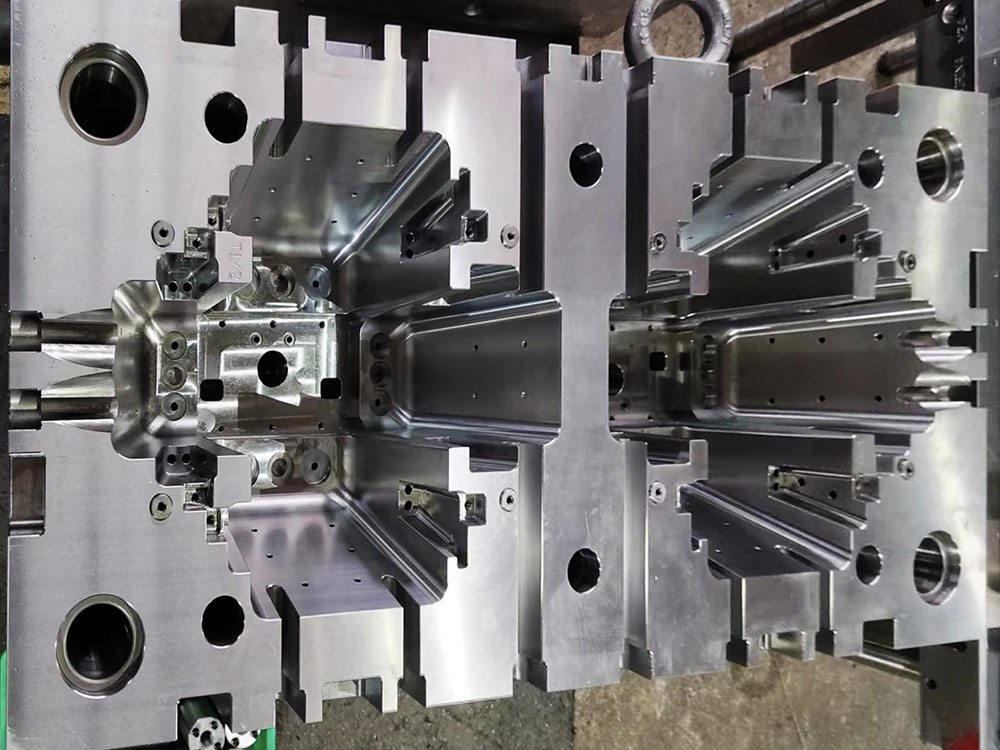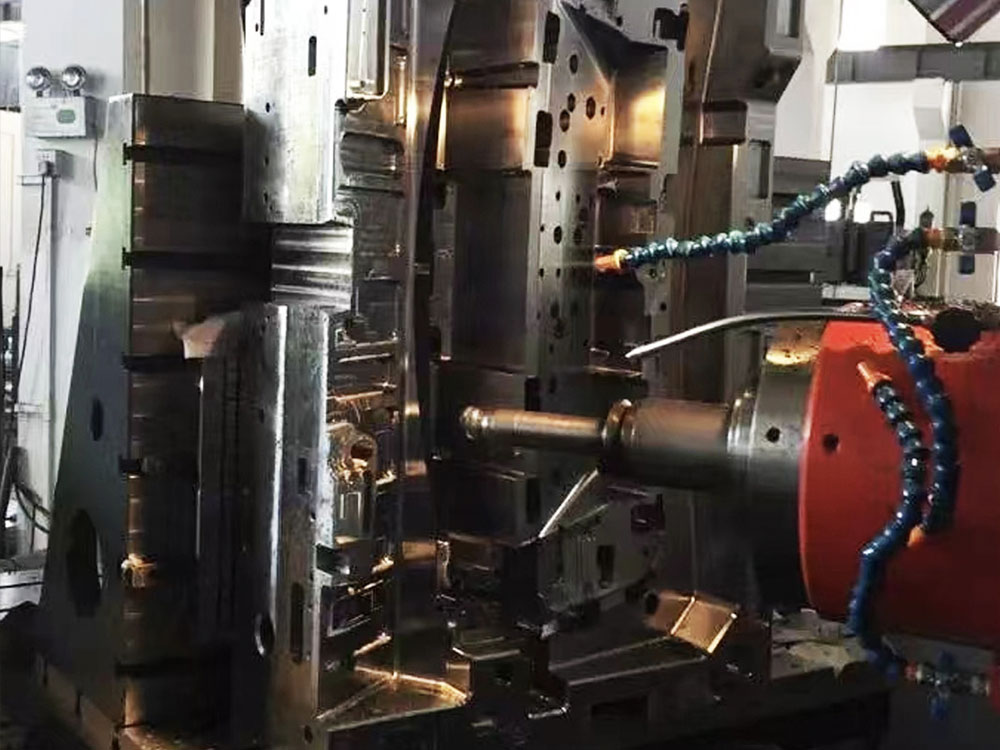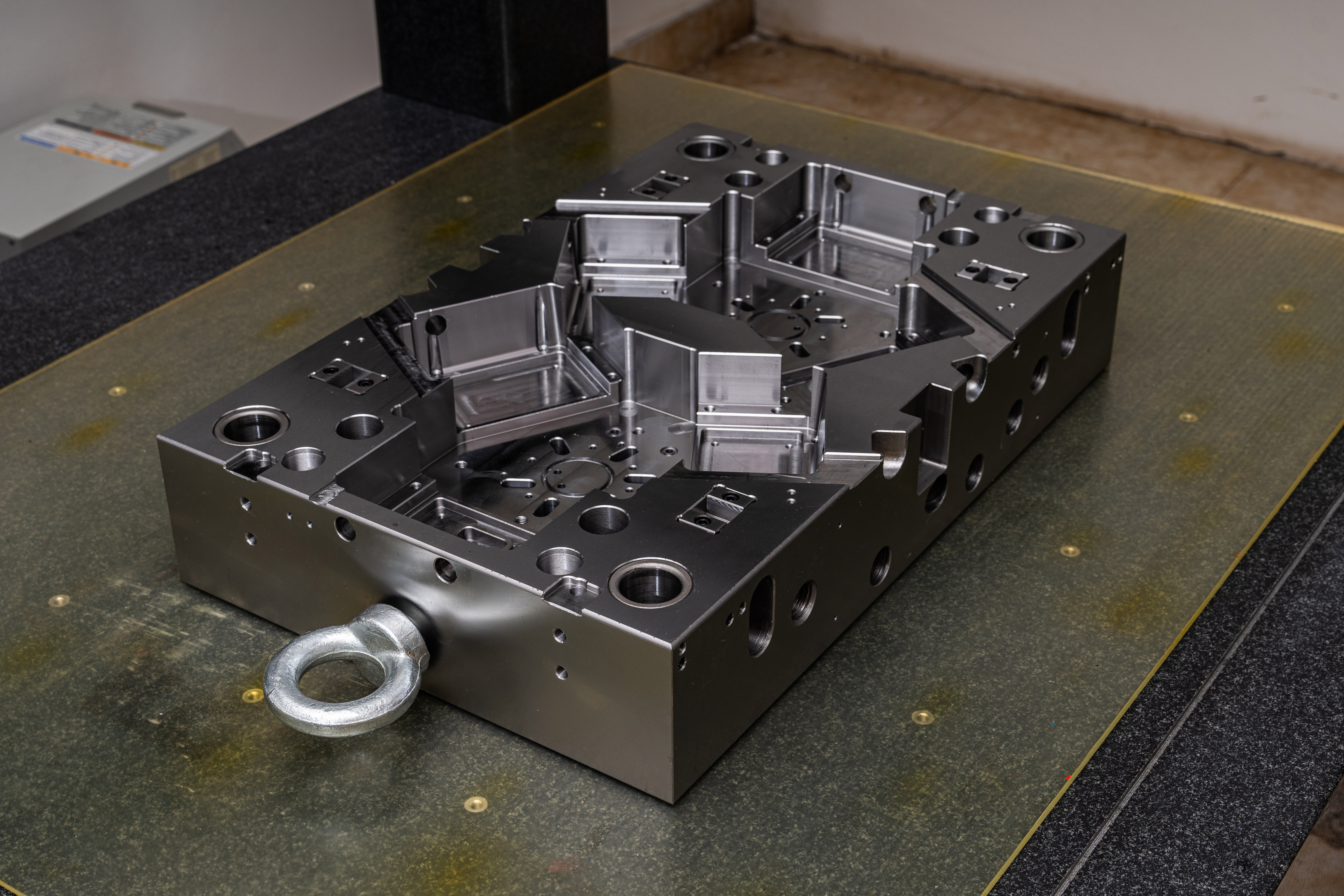Introduction to Mold Base Industry and the Effectiveness of Mold Embryo Frames
The mold base industry plays a crucial role in the manufacturing sector, providing the foundation for the production of various plastic and metal products. One of the essential components used in mold base manufacturing is the mold embryo frames, also known as mold inserts. These frames are responsible for shaping and forming the final product, and their effectiveness greatly impacts the overall quality and efficiency of the production process.
Understanding Mold Embryo Frames
Mold embryo frames are precision parts that fit into the mold base. They are typically made from high-quality materials such as tool steel or aluminum alloy, ensuring durability and resistance to wear and tear. The frames serve as the foundation for creating cavities and cores within the mold, which define the shape and dimensions of the final product.
These frames are manufactured through advanced machining techniques, such as CNC milling and wire EDM, to achieve high precision and accuracy. They are designed meticulously, taking into consideration factors like parting line layout, gating system design, and cooling channel arrangement.
The Effectiveness of Mold Embryo Frames in Mold Base Industry
The effectiveness of mold embryo frames directly impacts the quality, productivity, and cost-effectiveness of the mold base industry. Here are several key aspects highlighting the significance of these frames:
1. Precision and Accuracy:
Mold embryo frames are manufactured with high precision and accuracy, ensuring the precise reproduction of complex product designs. This precision enables manufacturers to achieve tight tolerances and intricate details, resulting in high-quality finished products.
2. Shorter Development Cycle:
By utilizing mold embryo frames, manufacturers can significantly reduce the development cycle of mold bases. These frames are pre-machined components that can be readily fitted into the mold base, eliminating the need for extensive machining from scratch. This not only saves time but also allows for faster production turnaround.
3. Improved Production Efficiency:
Mold embryo frames contribute to enhanced production efficiency in several ways. Firstly, their precise design and careful consideration of parting line layout and gating system ensure smoother material flow and reduced material waste. Secondly, the use of standardized mold embryo frames enables interchangeability, facilitating quick mold changes and minimizing downtime.
4. Cost Savings:
Mold embryo frames can lead to substantial cost savings for manufacturers. The shorter development cycle and improved production efficiency reduce labor costs, while the interchangeability of frames minimizes the need for duplicate molds. Additionally, the durability and longevity of mold embryo frames reduce maintenance and replacement costs over time.
5. Versatility and Adaptability:
Mold embryo frames are highly versatile and adaptable to cater to different product requirements. They can be easily modified or replaced, allowing manufacturers to accommodate design changes or produce diverse product variations without significant investment in new molds.
Conclusion
Mold embryo frames play a crucial role in the effectiveness and success of the mold base industry. Their precision, shorter development cycle, improved production efficiency, cost savings, and versatility make them an indispensable component of mold base manufacturing. As technology continues to advance, the effectiveness of mold embryo frames will likely be further improved, contributing to the continuous growth and innovation in the mold base industry.




